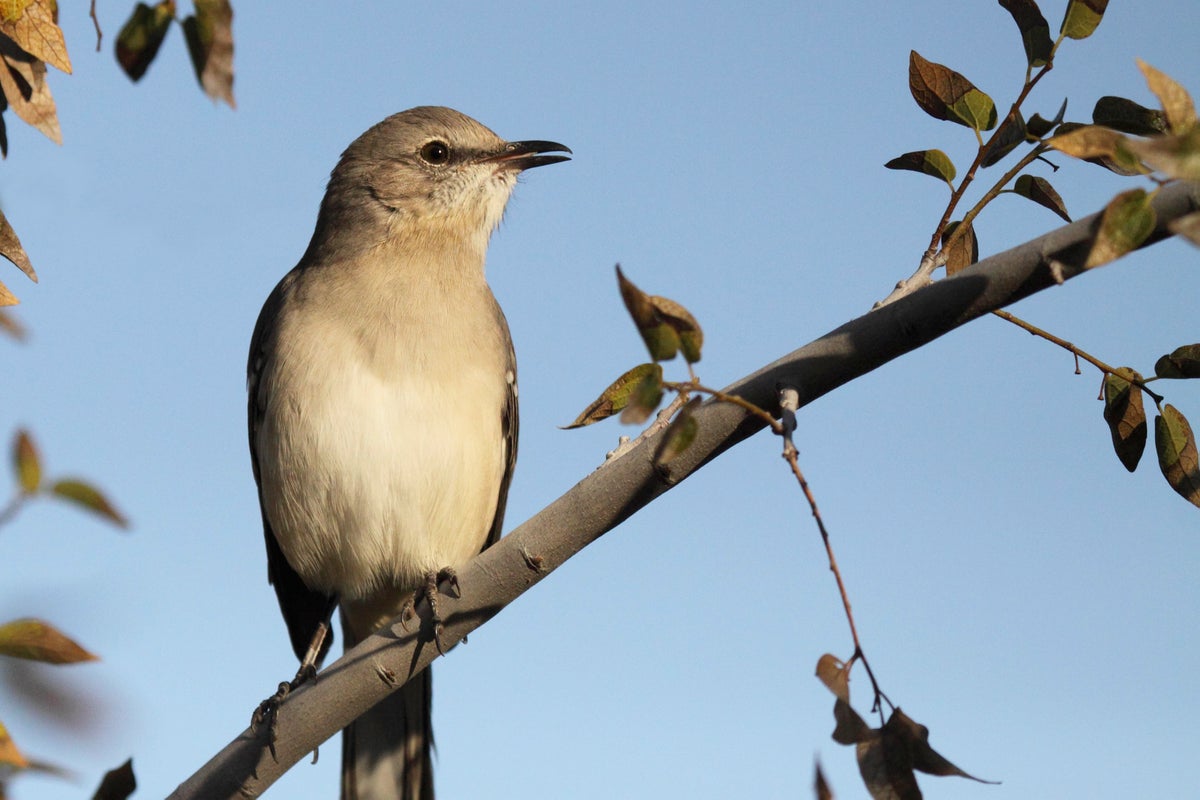The Musical Genius of Mockingbirds Revealed
Centrala begrepp
Mockingbirds employ complex compositional strategies to create unique songs, akin to human music, as revealed through interdisciplinary research.
Sammanfattning
Mockingbirds exhibit sophisticated musical abilities by sampling and transforming various bird songs into their own compositions. The study delves into the intricate process of how mockingbirds create their melodious tunes using four key strategies: timbre change, pitch change, stretch, and squeeze. Through a combination of biology, music, and neuroscience disciplines, researchers shed light on the remarkable musical talents of mockingbirds that mirror human composers' techniques.
Anpassa sammanfattning
Skriv om med AI
Generera citat
Översätt källa
Till ett annat språk
Generera MindMap
från källinnehåll
Besök källa
www.scientificamerican.com
Mockingbirds Are Better Musicians Than We Thought
Statistik
Our thesis is that mockingbirds use four compositional strategies to create their melodious song: timbre change, pitch change, stretch and squeeze.
"When you listen to a mockingbird,” he says, “they repeat an individual phrase three or four times, and then they're doing something new."
"If you listened to them for 10 minutes, you might be hard pressed to recognize anything that was repeated."
"The statistics support our hypotheses."
"I really just sit in front of the computer and listen to stuff and try to recognize structure."
"It takes the full range of human forms of knowledge to figure out what they are up to."
Citat
"It’s all fine to propose the bird is doing something," says lead author Tina Roeske.
"I mean, I love when I can show that a pattern that I perceive and perhaps find beautiful is truly there; it's like finding a proof that this is real." - Tina Roeske
"That’s why they evolved such beautiful songs," - Charles Darwin
Viktiga insikter från
by David Rothen... på www.scientificamerican.c... 02-21-2024
https://www.scientificamerican.com/article/mockingbirds-are-better-musicians-than-we-thought/
Djupare frågor
How do the findings about mockingbird music composition challenge traditional views on animal communication?
The findings about mockingbird music composition challenge traditional views on animal communication by showcasing the complexity and intentional nature of their songs. Previously, it was believed that birds simply mimicked sounds without much thought or creativity. However, this research reveals that mockingbirds use compositional strategies such as timbre change, pitch change, stretch, and squeeze to create their melodious tunes. This challenges the notion that animal communication is purely instinctual and highlights a level of sophistication in avian vocalization previously unrecognized.
What implications could this research have on understanding the evolution of music in humans?
This research on mockingbird music composition could have significant implications for understanding the evolution of music in humans. By demonstrating that birds engage in complex musical behaviors akin to human composers, it suggests a deeper connection between avian vocalizations and human musical expression. The similarities in compositional techniques used by mockingbirds and human musicians hint at potential evolutionary links in how music has developed across species over time. Studying these parallels may provide insights into the origins of musicality in humans and shed light on the universality of certain musical elements across different species.
How does interdisciplinary research enhance our appreciation for nature's creations?
Interdisciplinary research enhances our appreciation for nature's creations by offering diverse perspectives and insights into natural phenomena. In the case of studying mockingbird music composition, combining biology, music theory, and neuroscience allowed researchers to uncover new layers of complexity in these birds' songs. By integrating knowledge from multiple disciplines, we gain a more comprehensive understanding of the beauty and intricacies present in nature's creations like bird songs. This holistic approach encourages us to view natural phenomena through various lenses simultaneously, deepening our admiration for the richness and diversity found within the natural world.
0
